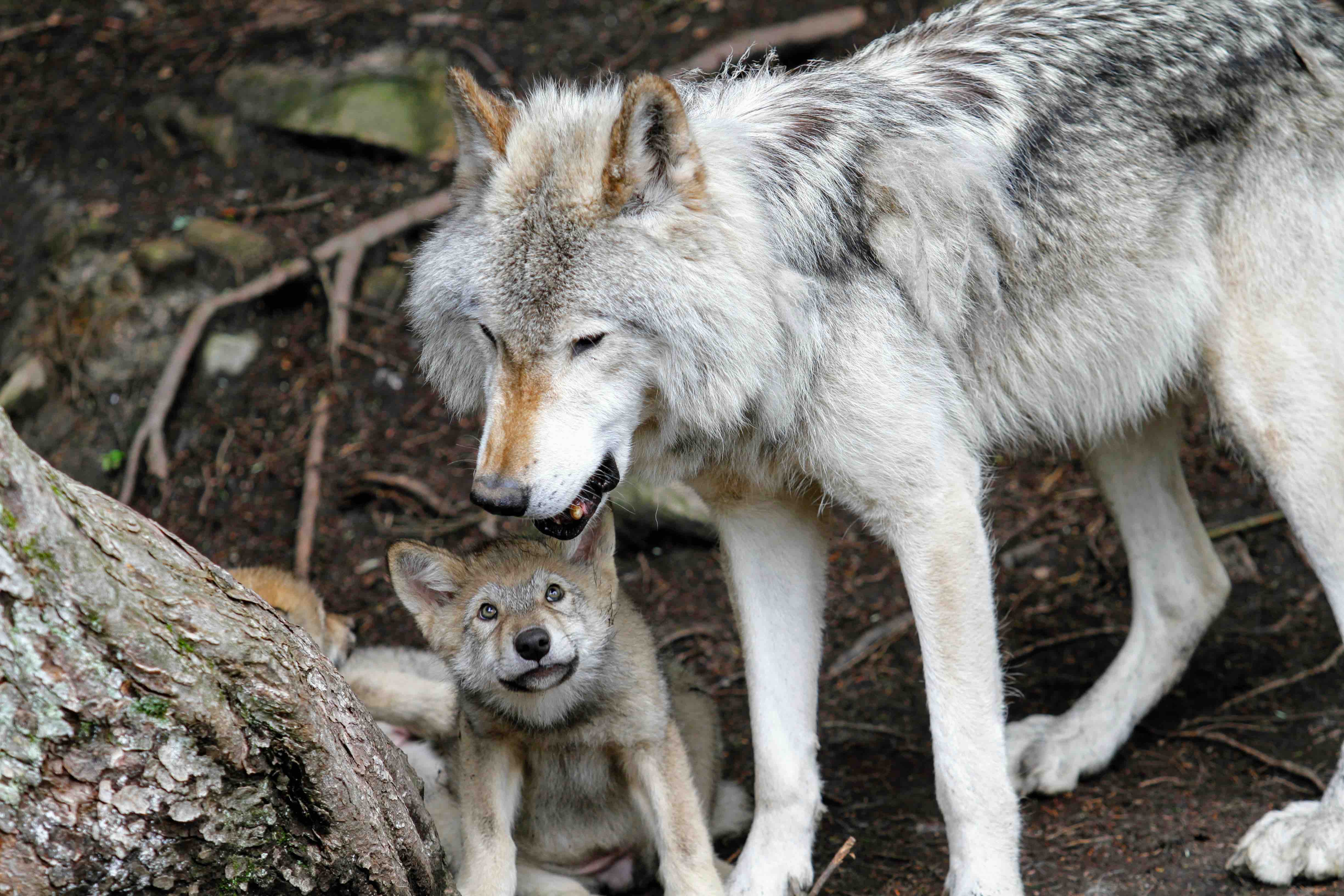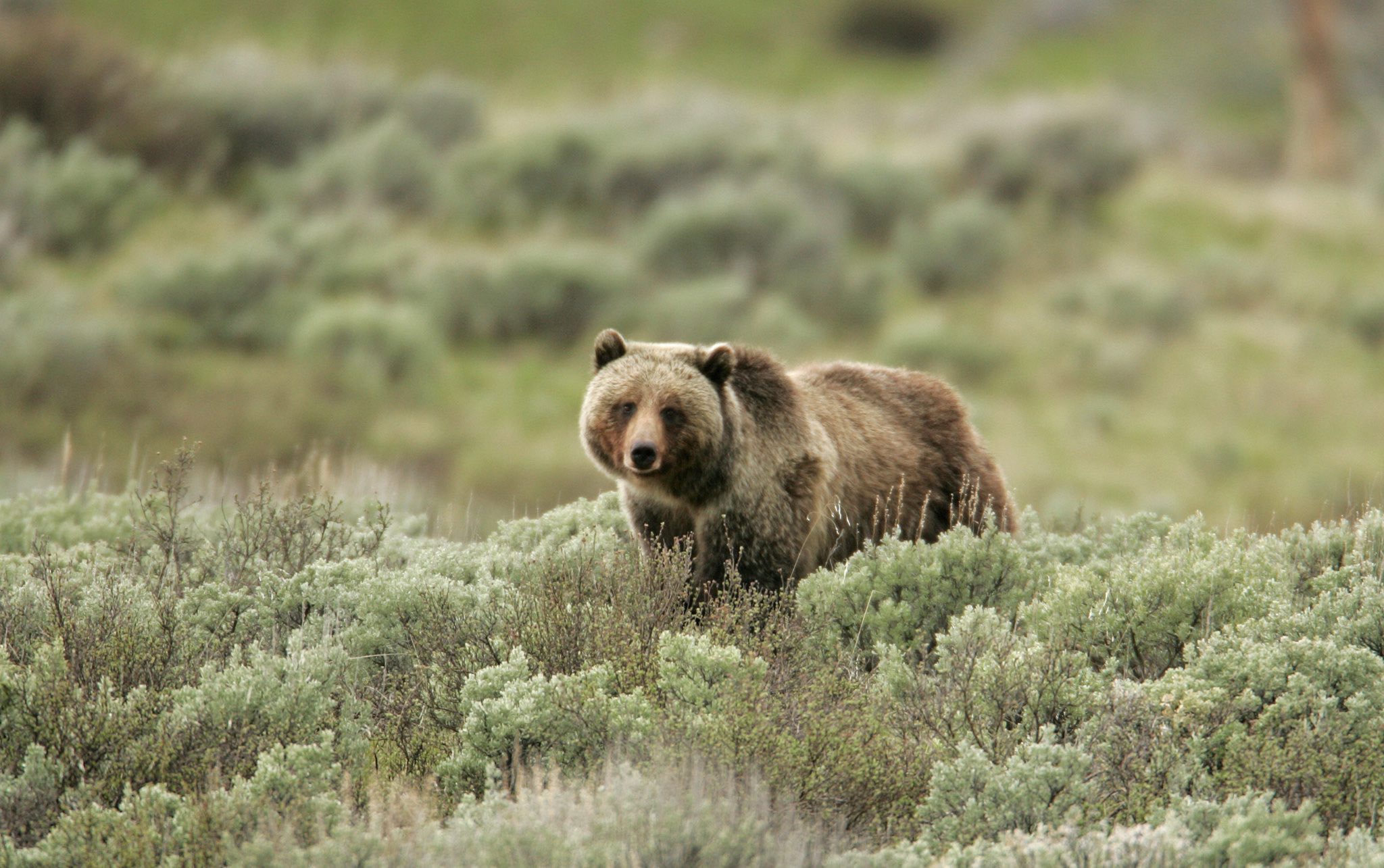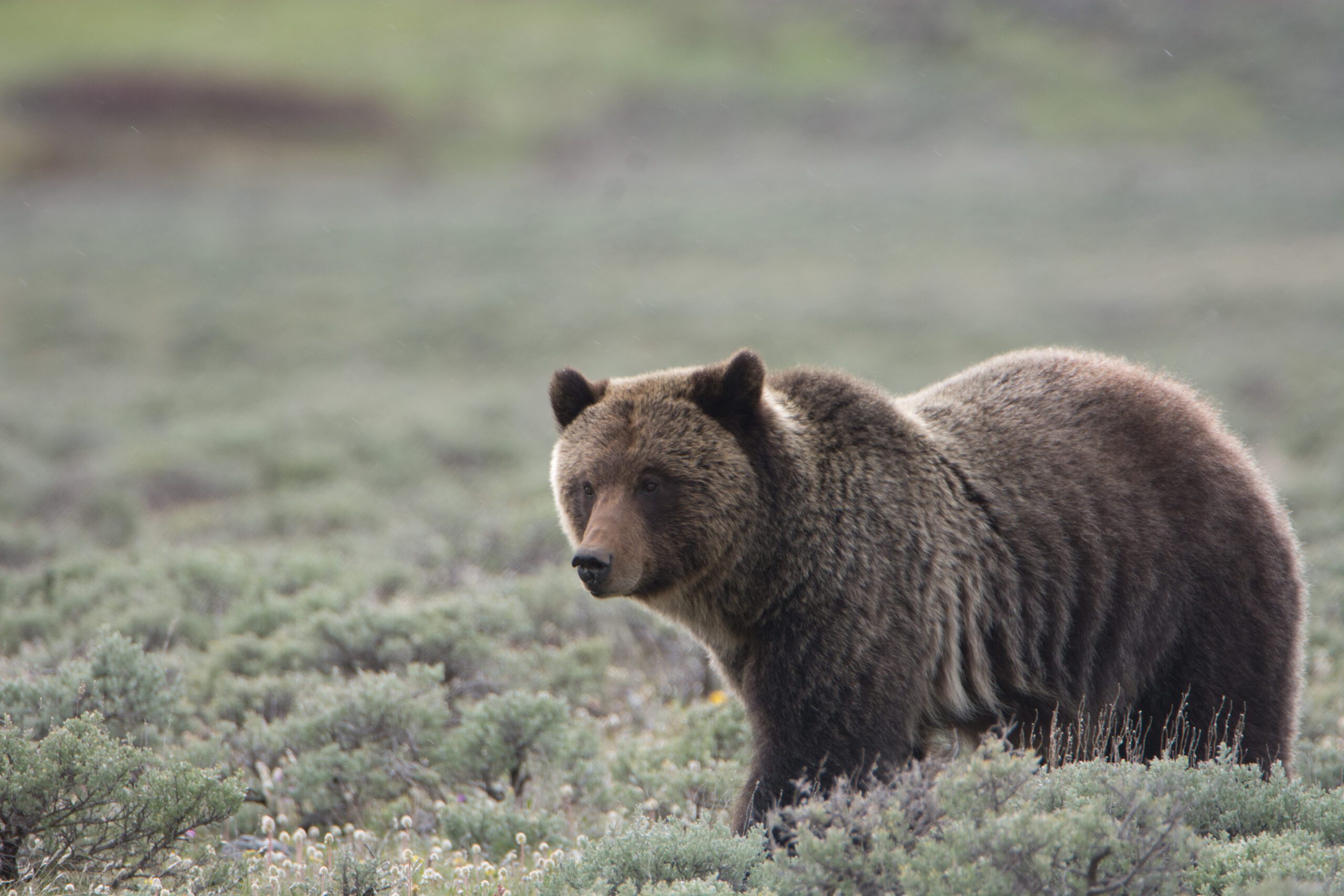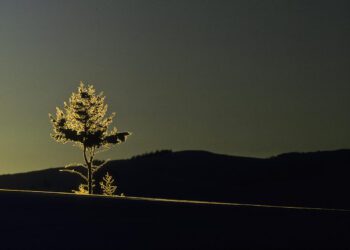By Brett French THE BILLINGS GAZETTE –
ASSOCIATED PRESS
This may be a tale that only dentists can appreciate, but the teeth of dead Yellowstone wolves are helping scientists understand the life of predators more than 11,000 years ago.
Inside the Yellowstone Heritage and Research Center is a collection of 160 skulls of adult Yellowstone wolves. By examining the skulls, along with other collections from around the country and world, UCLA professor of ecology and evolutionary biology Blaire Van Valkenburgh and her colleagues have theorized a relationship between the declining amount of prey available and how the big canines consume their wildlife kills.
The theory is based on cracked and broken wolf teeth and the number of prey animals available to the predators, along with how much of their kills the predators consume. In Yellowstone, for example, wolf biologist Doug Smith said researchers will assess wolf kill sites to examine the number of bones present.
“When (wolves) are not so hungry, they don’t chew on the long bones so much,” he said.
“That aligns well with other indicators of how well they are eating.”
For example, in Yellowstone the ratio of elk to wolves was more than 600-to-1 when wolves were reintroduced to the park in 1995. Since reintroduction 90% of the wolves’ diet has been elk.
With lots of elk on the landscape, wolves initially flourished. But the hunting gradually became more difficult as elk numbers declined to a ratio of about 100 to 1.
By examining the Yellowstone wolf skulls, Van Valkenburgh saw that in the first 10 years after their reintroduction the wolves rarely broke their teeth. But in the next decade, as the elk population fell, the number of broken wolves’ teeth doubled, including the larger teeth wolves use when hunting and chewing.
Since elk were getting harder to find and kill, the broken teeth were likely the result of the wolves consuming more of the elk carcasses, including munching on bones in search of additional nourishment from bone marrow, Van Valkenburgh and her colleagues theorized. That resulted in more cracked and broken wolf teeth.
“Broken teeth cannot heal, so most of the time carnivores are not going to chew on bones and risk breaking their teeth unless they have to,” Van Valkenburgh said in a UCLA press release.
Smith said even though the Yellowstone wolves suffered more broken teeth, 90% were still in pretty good shape. One thing he has noticed in looking at the wolf skulls is that about half have misaligned teeth.
“Quite often they have wear that’s indicative of a misaligned bite,” he said. “I’m pretty sure it’s because they get kicked in the face all of the time (when pursuing bison and elk). They always deal with it though. Wolves are resilient.”
He noted that being kicked in the head by prey is one of the leading causes of wolf deaths in Yellowstone.
So how does this relate to ancient predators during the Pleistocene, an epoch that stretched from 2.5 million years ago to about 11,700 years ago?
In the 1990s Van Valkenburgh and other scientists had examined the skulls of Pleistocene predators–such as dire wolves and saber-toothed cats–that were pulled from California’s La Brea Tar Pits. Those animals had shown rates of broken teeth that were two to four times higher than in modern animals.
“Our new study suggests that the cause of this tooth fracture may have been more intense competition for food in the past than in present large carnivore communities,” Van Valkenburgh said in the press release.
As large plant eaters like giant ground sloths, mammoths and mastodons declined in the Pleistocene, their predators had to crunch more bones to get the nutrition they needed. Why the large herbivores and their predators eventually went extinct has been debated, although human hunters and climate change are two of the main suspects.
With the loss of their main prey the ferocious predators of the Pleistocene _ animals that in some cases were twice as big as today’s tigers, African lions and spotted hyenas–also became extinct.
Van Valkenburgh’s theory about tooth problems played out in other wolf populations as well. She also examined 64 adult wolf skulls from Isle Royale National Park in Lake Superior and 94 skulls from Scandinavia, collected between 1998 and 2010. She compared these with the skulls of 223 wolves that died between 1874 and 1952, from Alaska, Texas, New Mexico, Idaho and Canada.
The pattern was similar for the Isle Royale wolves, which prey primarily on adult moose–with moose numbers pegged at about 55 to 1, wolves had lots of broken and worn teeth. Isle Royale wolves had high frequencies of broken and heavily worn teeth, reflecting the fact that they consumed about 90% of the bodies of the moose they killed.
The teeth of Scandinavian wolves told a different story. The ratio of moose to wolves is nearly 500 to 1 in Scandinavia so Van Valkenburgh found few broken teeth among the wolves.
“The wolves could find moose easily, not eat the bones, and move on,” she said.
Van Valkenburgh believes her findings apply beyond gray wolves to other large carnivores–such as lions, tigers and bears–and that looking at the teeth of big predators can help scientists understand if lack of prey is one of their problems.
“We want to understand the factors that increase mortality in large carnivores that, in many cases, are near extinction,” she said. “Getting good information on that is difficult. Studying tooth fracture is one way to do so, and can reveal changing levels of food stress in big carnivores.”
Co-authors of the study were Rolf Peterson and John Vucetich, professors of forest resources and environmental science at Michigan Technological University; and Smith and Daniel Stahler, wildlife biologists with the National Park Service.
The research was funded by the National Science Foundation and National Park Service.
The Yellowstone Heritage and Research Center, located near the Roosevelt Arch in Gardiner, is open to the public Monday through Friday, 8 a.m. to 5 p.m., to view the temporary exhibits in the lobby.













